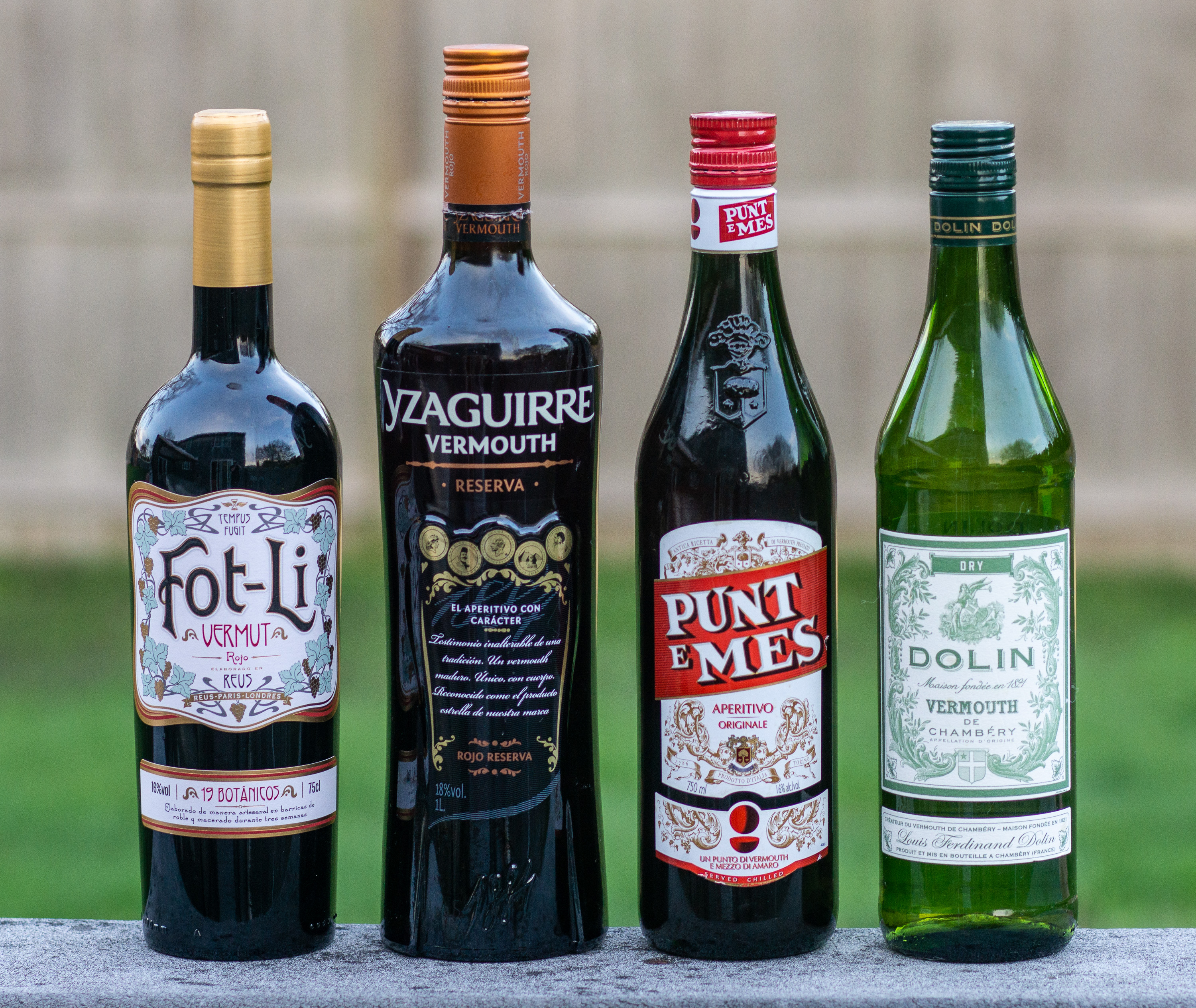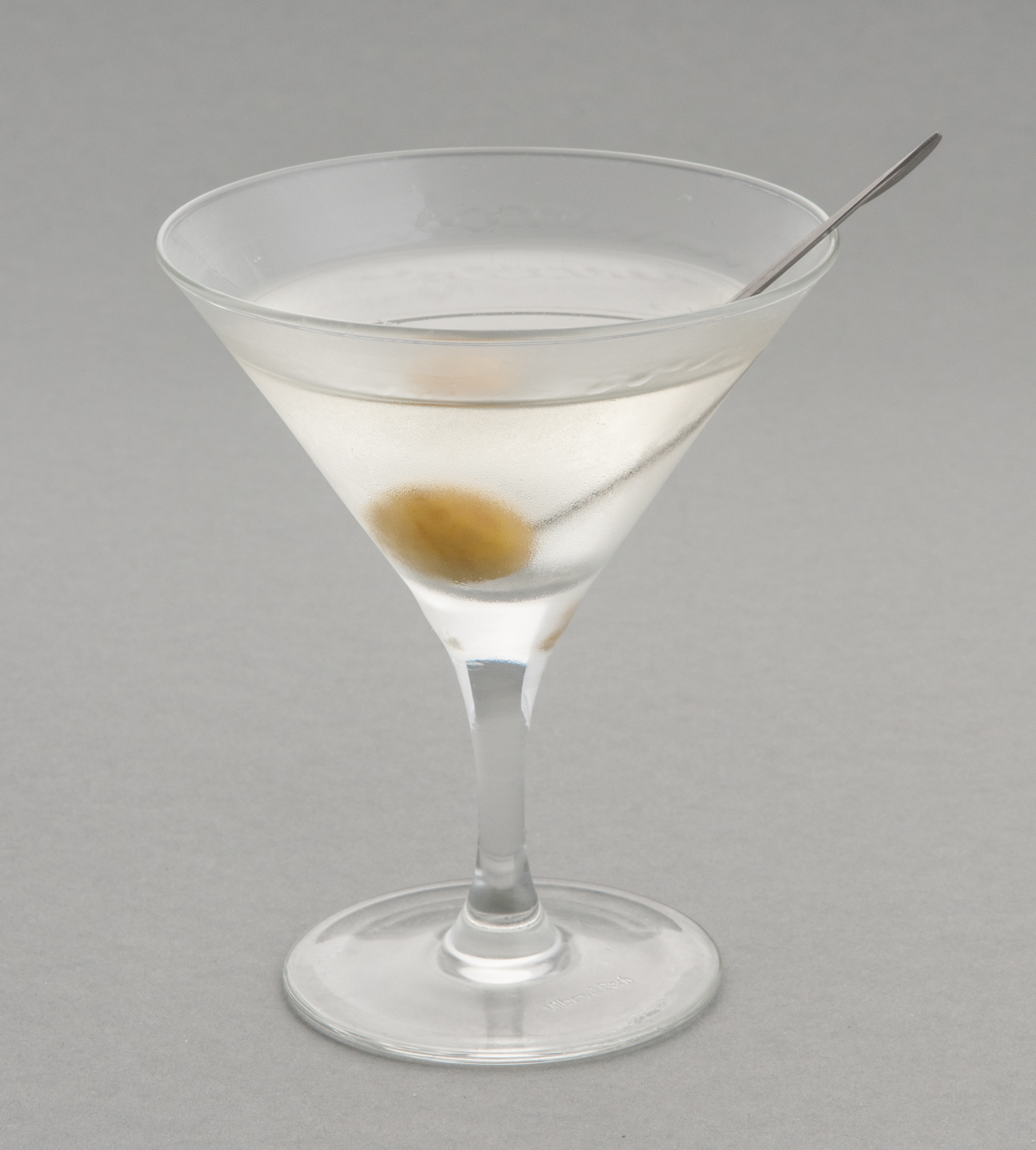|
Chrysanthemum (cocktail)
The Chrysanthemum is a cocktail made with absinthe, Bénédictine, and vermouth. This pre-prohibition cocktail is sometimes credited to the 1930 edition of ''The Savoy Cocktail Book'', although an earlier recipe appears in the influential early 20th-century cocktail book ''Recipes for Mixed Drinks'' (1916) by Hugo R. Ensslin. Ensslin's original recipe called for equal parts of dry vermouth and Bénédictine, while most modern adaptations follow Harry Craddock's recipe, which uses a 2:1 ratio of vermouth to Bénédictine to prevent the sweetness of the latter from overwhelming the drink. Some recipes add lemon juice. In ''Jack's Manual on the Vintage and Production, Care and Handling of Wines, Liquors, etc.,'' from 1933, the historic recipe is made with anisette Anisette, or Anis, is an anise-flavored liqueur that is consumed in most Mediterranean countries. It is colorless and, because it contains sugar, is sweeter than dry anise flavoured spirits (e.g. absinthe). The most tr ... [...More Info...] [...Related Items...] OR: [Wikipedia] [Google] [Baidu] |
Bénédictine
Bénédictine () is a herbal liqueur produced in France. It was developed by wine merchant Alexandre Le Grand in the 19th century and is flavored with twenty-seven flowers, berries, herbs, roots, and spices. A drier version, B&B, blending Bénédictine with brandy, was developed in the 1930s. History In 1863, Alexandre Le Grand developed a recipe for a herbal liqueur, helped by a local chemist, from old medicinal recipes he had acquired from a religious foundation where a maternal grandparent had held office as a fiscal prosecutor. To market it, Le Grand embellished a story of it having been developed by monks at the Benedictine Abbey of Fécamp in Normandy and produced by them until the abbey's devastation during the French Revolution. Le Grand began production under the trade name "Bénédictine", using a bottle with a distinguishing shape and label. To reinforce the myth, Le Grand placed the abbreviation "D.O.M." on the label, for "" ("To God, most good, most great"), ... [...More Info...] [...Related Items...] OR: [Wikipedia] [Google] [Baidu] |
Absinthe
Absinthe (, ) is an anise-flavored Liquor, spirit derived from several plants, including the flowers and leaves of ''Artemisia absinthium'' ("grand wormwood"), together with green anise, sweet fennel, and other medicinal and culinary herbs. Historically described as a highly alcoholic spirit, it is 45–74% Alcohol by volume, ABV or 90–148 proof in the US. Absinthe traditionally has a natural green colour but may also be colourless. It is commonly referred to in historical literature as . While sometimes casually referred to as a liqueur, absinthe is not traditionally bottled with sugar or sweeteners. Absinthe is traditionally bottled at a high level of alcohol by volume, but it is normally diluted with water before being consumed. Absinthe was created in the canton of Neuchâtel in Switzerland in the late 18th century by the France, French physician Pierre Ordinaire. It rose to great popularity as an alcoholic drink in late 19th- and early 20th-century France, particularly a ... [...More Info...] [...Related Items...] OR: [Wikipedia] [Google] [Baidu] |
Vermouth
Vermouth (, ) is an Italian aromatized wine, aromatized, fortified wine, flavored with various Botany, botanicals (roots, Bark (botany), barks, flowers, seeds, Herb, herbs, and Spice, spices) and sometimes Food coloring, colored. The modern versions of the beverage were first produced in the mid- to late 18th century in Turin, Italy. While vermouth was traditionally used for medicinal purposes, it was later served as an apéritif and digestif, apéritif, with fashionable cafés in Turin serving it to guests around the clock. In the late 19th century, it became popular with bartenders as a key ingredient for cocktails, such as the martini (cocktail), martini, the Manhattan (cocktail), Manhattan, the Rob Roy (cocktail), Rob Roy, and Negroni. In addition to being consumed as an apéritif or cocktail ingredient, vermouth is sometimes used as an alternative to white wine in Cooking wine, cooking. Historically, the two main types of vermouth are sweet and dry. Responding to demand a ... [...More Info...] [...Related Items...] OR: [Wikipedia] [Google] [Baidu] |
Prohibition
Prohibition is the act or practice of forbidding something by law; more particularly the term refers to the banning of the manufacture, storage (whether in barrels or in bottles), transportation, sale, possession, and consumption of alcoholic beverages. The word is also used to refer to a period of time during which such bans are enforced. History Some kind of limitation on the trade in alcohol can be seen in the Code of Hammurabi () specifically banning the selling of beer for money. It could only be bartered for barley: "If a beer seller do not receive barley as the price for beer, but if she receive money or make the beer a measure smaller than the barley measure received, they shall throw her into the water." A Greek city-state of Eleutherna passed a law against drunkenness in the 6th century BCE, although exceptions were made for religious rituals. In the early twentieth century, much of the impetus for the prohibition movement in the Nordic countries and North America ... [...More Info...] [...Related Items...] OR: [Wikipedia] [Google] [Baidu] |
Harry Craddock
Harry Craddock (29 August 1876 – 25 January 1963) was an English bartender who became one of the most famous bartenders of the 1920s and 1930s. He is known for his tenure at the Savoy Hotel in London, and for his 1930 book, ''The Savoy Cocktail Book''. Life and career Born in Stroud, Gloucestershire, Craddock moved to the United States in 1897, where he worked at Cleveland's Hollenden Hotel and New York's Knickerbocker Hotel and Hoffman House, becoming a United States citizen. He left America during Prohibition and sailed to Liverpool with his wife and daughter before joining the American Bar at the Savoy Hotel, London, in 1920. Craddock's '' The Savoy Cocktail Book'', a collection of 750 cocktails, was first published in 1930 and is still in print today. He is sometimes credited with creating a number of classic cocktails, including the famous Corpse Reviver #2 and White Lady. While at the Savoy, Craddock co-founded the United Kingdom Bartenders' Guild in 1934. In 1938, he m ... [...More Info...] [...Related Items...] OR: [Wikipedia] [Google] [Baidu] |
Anisette
Anisette, or Anis, is an anise-flavored liqueur that is consumed in most Mediterranean countries. It is colorless and, because it contains sugar, is sweeter than dry anise flavoured spirits (e.g. absinthe). The most traditional style of anisette is that produced by means of distilling aniseed, and is differentiated from those produced by simple maceration by the inclusion of the word ''distilled'' on the label. The liqueur is often mixed with water or poured over ice cubes because of its strong flavour. Variations Pastis is a similar-tasting liqueur that is prepared in similar fashion and sometimes confused with anisette. It employs a combination of both aniseed and licorice root extracts. Sambuca is essentially an anisette of Italian origin that requires a high minimum (350g/L) sugar content. Geographical spread Mediterranean In the Mediterranean Basin, anise-based or liquorice-based spirits include: * Spain: Anís del Mono ("the monkey's anisette") has been produce ... [...More Info...] [...Related Items...] OR: [Wikipedia] [Google] [Baidu] |
Arsenic And Old Lace (cocktail)
Arsenic and Old Lace (also called the Attention Cocktail or the Atty) is a classic cocktail with its origins in the 1910's made with gin, crème de violette, dry vermouth and absinthe. The first appearance of a cocktail with these four parts, albeit in equal quantities, was in Hugo Ensslin's ''Recipes for Mixed Drinks'' published in 1917, called the "Attention Cocktail". The 1930 edition of ''The Savoy Cocktail Book, a'' drink with those four ingredients, rebranded as the "Atty Cocktail" had ratios that more closely matched the modern Arsenic and Old Lace. "The Atty" first appears under the name "Arsenic and Old Lace" in 1941, published in the ''Cocktail Guide and Ladies' Companion'' by former Broadway producer Crosby Gaige. Around the same time, Joseph Kesselring's play '' Arsenic and Old Lace'' opened on Broadway in January 1941. The timing strongly implies a connection, though it is speculative to say whether Gaige was the one who renamed the cocktail. Variations A simil ... [...More Info...] [...Related Items...] OR: [Wikipedia] [Google] [Baidu] |
Cocktails With Absinthe
A cocktail is a mixed drink, usually alcoholic. Most commonly, a cocktail is a combination of one or more spirits mixed with other ingredients, such as juices, flavored syrups, tonic water, shrubs, and bitters. Cocktails vary widely across regions of the world, and many websites publish both original recipes and their own interpretations of older and more famous cocktails. History A well-known 'cocktail' in ancient Greece was named kykeon. It is mentioned in the Homeric texts and was used in the Eleusinian Mysteries. 'Cocktail' accessories are exposed in the Museum of the Royal Tombs of Aigai (Greece). They were used in the court of Philip II of Macedon to prepare and serve mixtures of wine, water, honey as well as extracts of aromatic herbs and flowers, during the banquets. In the United States, a written mention of 'cocktail' as a beverage appeared in ''The Farmers Cabinet,'' 1803. The first definition of a cocktail as an alcoholic beverage appeared three years later ... [...More Info...] [...Related Items...] OR: [Wikipedia] [Google] [Baidu] |





